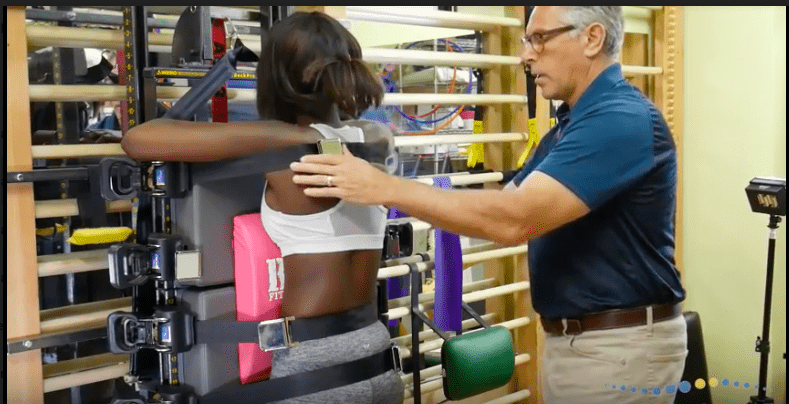What is Scoliosis?
Scoliosis is an abnormal lateral or side-to-side curvature of the spine. It can present as an S-shape or C-shape. Scoliosis can also be associated with a rib-cage deformity.
It can progress rapidly during the growth spurt just before puberty. However, it can also occur in adults. Scoliosis can cause pain, disability, and an inability to perform daily activities.
Structural vs. Nonstructural vs. Compensatory:
- Structural: is a “fixed” curve which can be present in idiopathic, congenital or neuromuscular scoliosis
- Nonstructural (functional): spine is structurally normal but the scoliosis is caused by temporary issues such as muscle spasms, inflammatory condition or difference in leg length
- Compensatory: is a curve above and below the major curve, that serves to maintain normal alignment of the body.
Different Types of Scoliosis:
- Idiopathic
– Recent research shows genetics plays a role in the cause
- Degenerative
– Common in adults and progresses over time
– Due to natural aging process and repetitive stress on the spine
– Degeneration of the facet joints and intervertebral discs in the spine
- Congenital
– Occurs at birth and found in infants
– Can be caused by birth defects such as hemivertebra, infection or tumor
– Sometimes difficult to detect until a child reaches adolescence
- Neuromuscular
– Caused by disorders of the brain, spinal cord, and muscular system
– Commonly associated with Cerebral Palsy, Muscular Dystrophy and Friedreich ataxia
– Can be associated with a concurrent presence of kyphosis
